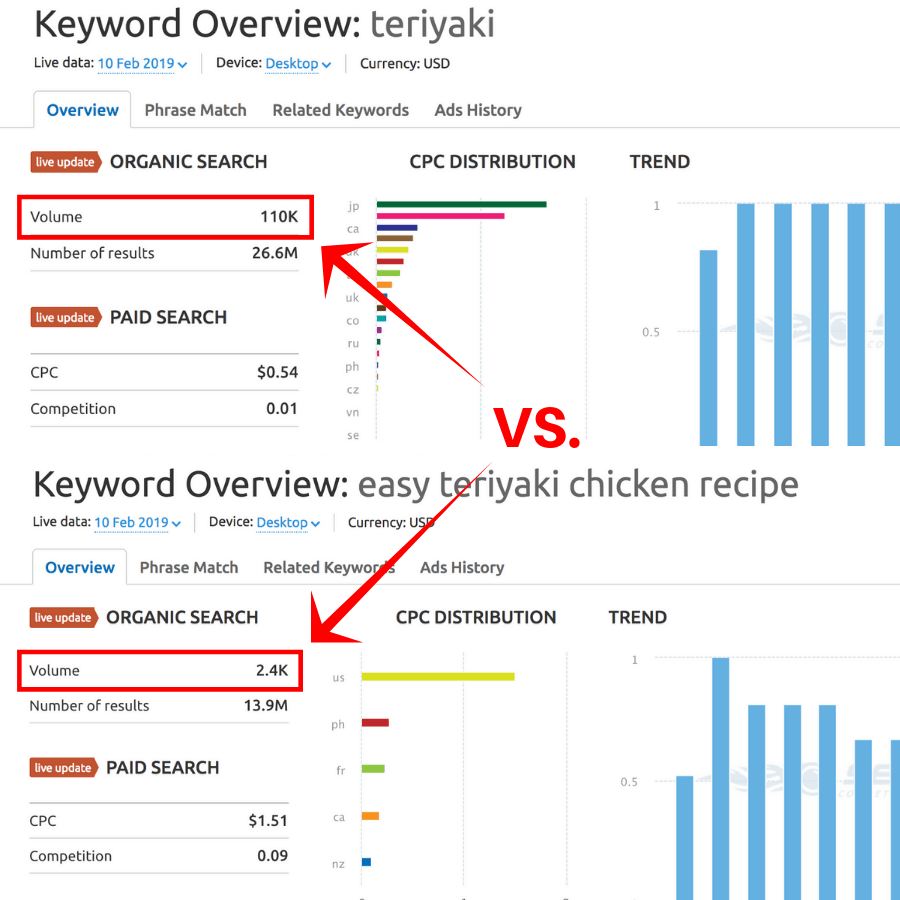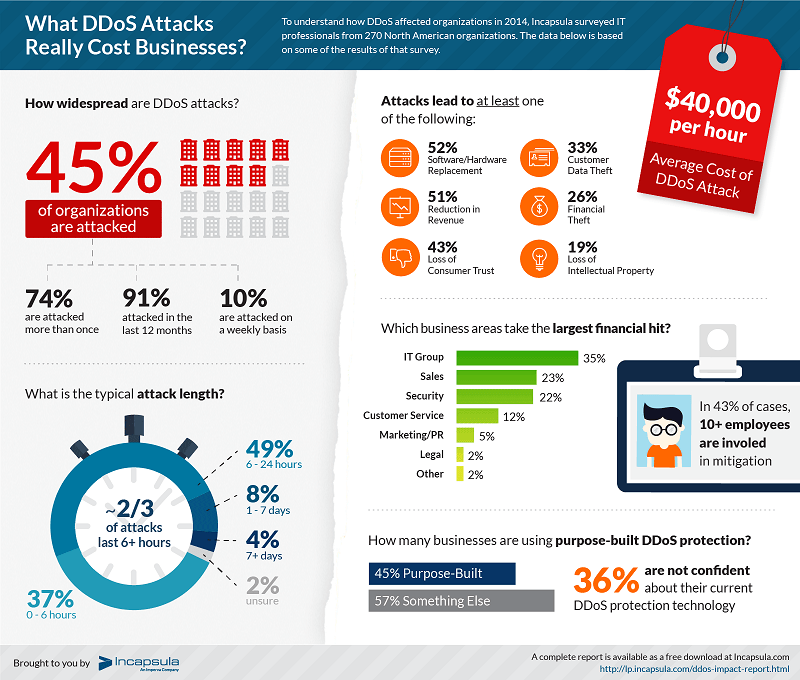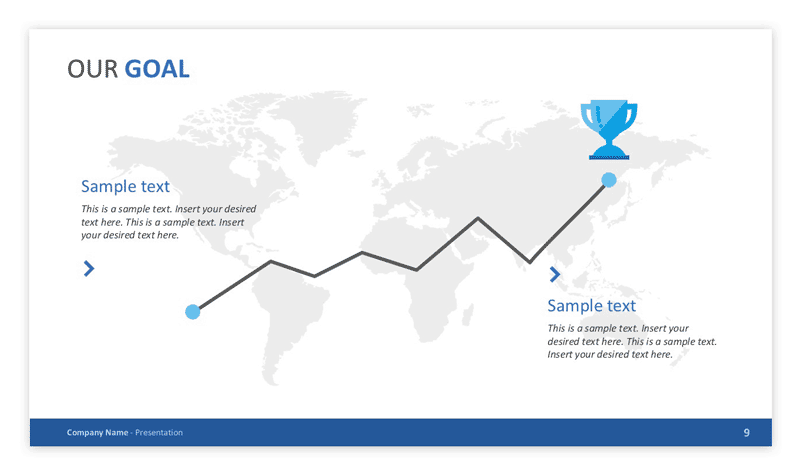Simply put, profit is the amount of money you make on a sale after you subtract the cost of acquiring or producing the product.
For example, let’s say you sell an item for $200 and it cost you $180 to get it. Your profit is $20. In this case, you’ll have a 10 percent margin on that sale. You sold it for $200, you made $20; 10 percent of 200 is 20.
However, this figure represents your gross profit on one item. It doesn’t take into consideration all of the costs of running your business. When it comes to how to calculate your profit margin for your business as a whole, you’ll need to dig a bit more deeply.
To get this figure, you’ll need to divide your net income by your net sales. Net income is the difference between all of the costs of doing business (including factors such as labor, rent, taxes, depreciation and every other expense associated with running the company) and your total earnings from all sources of revenue (sales, investments and more), which is also known as your gross income.
Let’s say your company had $1,000,000 in sales last year and it cost $900,000 to run your business. When all was said and done your net income was $100,000, which gives your business a profit margin of 10 percent.
If you’re looking to increase your profit margin, you generally have three choices.

Image source
Table of Contents
1. Reduce Costs
Most retailers agree the best choice is to cut costs. This is one of the reasons ecommerce outperforms brick and mortar.
The cost of doing business is much lower, particularly if you take advantage of a free ecommerce store builder like Shopify. In brick and mortar, one of the most significant costs is rent.
When your store is online, operating costs are much lower and the potential for profit is much higher.
2. Increase Prices
You can raise your prices, which will generate more revenue and increase your profit margin.
However, given customers are very price sensitive, this may not be your best option. If you’re selling something your clientele finds difficult to acquire anywhere else, you’ll be in good shape in this regard.
Remember, if you’re in a very competitive situation, this is likely to be an ineffective option.

3. Increase Volume
Another alternative is to substantially increase your sales volume, while keeping your costs the same. If you can accomplish this, your expenses will be spread over a lot more items, making them less of a factor in the calculations.
For example, if your overhead is currently $80,000 monthly and you’re making 1000 sales, you’ll need to average $80 per sale just to cover your costs. If you can up your volume to 2000 sales per month, while maintaining your outlays at the same level, you’ll only need to average $40 per sale to satisfy the required expenditures.
Assuming your pricing stays the same, you’ll realize an additional $40 in profit on each sale.
Ultimately the pricing strategy you choose will be dictated by what’s possible in your industry. For example, the profit margin on automobiles typically amounts to about one percent.
However, given the average car costs around $30,000, that’s $300 per sale on a volume of hundreds of thousands of cars. (Toyota sells an average of 400,000 Camrys every year—in the US alone.)
If the industry tried to push the margin to 10 percent at the same volume, suddenly that $30,000 car would cost a whole lot more and buyers would balk.
Ultimately, when you’re trying to gauge how to calculate your profit margin, you have to strike the ideal balance between your costs, what the market will bear in terms of price and the volume you can achieve.
Hopefully, you can find a point somewhere in there at which it makes sense to do business. If not, it’s probably time to consider a different industry.

























Hey Erik,
Calculating your profit can be so easy if you monitor it regularly. I manage by keeping the record of numbers of sales I make and how much money I spent on its marketing.
Most of the time, the Facebook ads consumes the money but the revenue is more than enough.
Increasing the products quantity is a great idea. The more you try to sell, the more are the chances to get the positive results.
~Ravi
Hi Erik,
I never had a multi-figure income till now so it was easy to calculate the investment and total profit I earned.
I like to use Google Spreadsheets to keep track of my investment and commissions. Does the job more efficiently.
informative post… reading your blog post daily.
but can calculate the profit as i am newbie and not earning enough.. your blog is a great source of learning for me keep writing sir